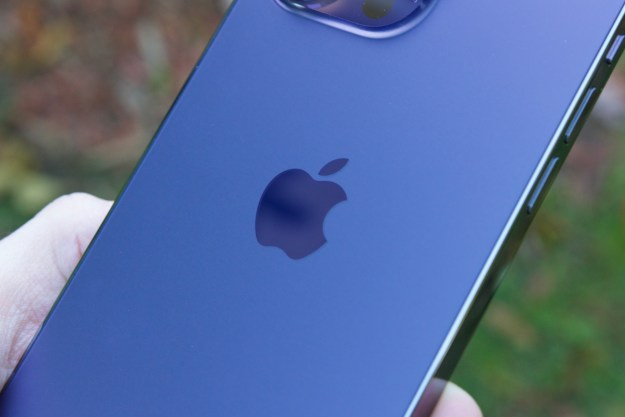
As shown in the graphic below, drug store Duane Reade and supermarket Whole Foods actually led the list of brick-and-mortar retailers where Apple Pay was responsible for the highest percentage of credit card transactions, according to TXN. When it came to the proportion of total credit card transactions online as well as physical, travel booking app HotelTonight was number one, followed by food delivery services Caviar and Postmates. In that list, Duane Reade slid in at sixth, while Whole Foods placed eighth.
To supply this information, TXN pulled numbers from its pool of 3 million transactions — though it is important to note that the only data it was able to gather came from cards associated with banks that separate Apple Pay from traditional transactions, and not all of them do. That said, within its frame of reference, the firm found that Apple Pay was responsible for a 50 percent greater proportion of sales in December 2016 compared to the same time a year earlier.
While that news indicates clear growth, it’s important to stipulate how it fits into the bigger puzzle. In the case of brick-and-mortar leader Duane Reade, we’re still only talking about a whopping 1.8 percent of all total transactions. When it comes to Hotel Tonight, Apple Pay accounts for just shy of 3.5 percent.
Regardless, Apple Pay is always expanding. At the Code Commerce conference in San Francisco in December, Apple’s Jennifer Bailey said the service was currently available at 4 million locations throughout the United States, accounting for 35 percent of retailers. Square CEO Jack Dorsey also made news at the event, announcing Square Cash virtual debit cards can now be used wherever Apple Pay is accepted. Clothing store Gap is expected to join those ranks later this year, and over the summer transit company MTA unveiled Apple Pay support for train lines in and around New York City.
Editors' Recommendations
- I found an amazing new way to use my iPhone 15 Pro Max
- This one Apple Fitness feature completely changed how I exercise
- Nomad’s new iPhone case and Apple Watch band may be its coolest yet
- Here’s how Apple could change your iPhone forever
- When will Apple release iOS 18? Here’s what we know



